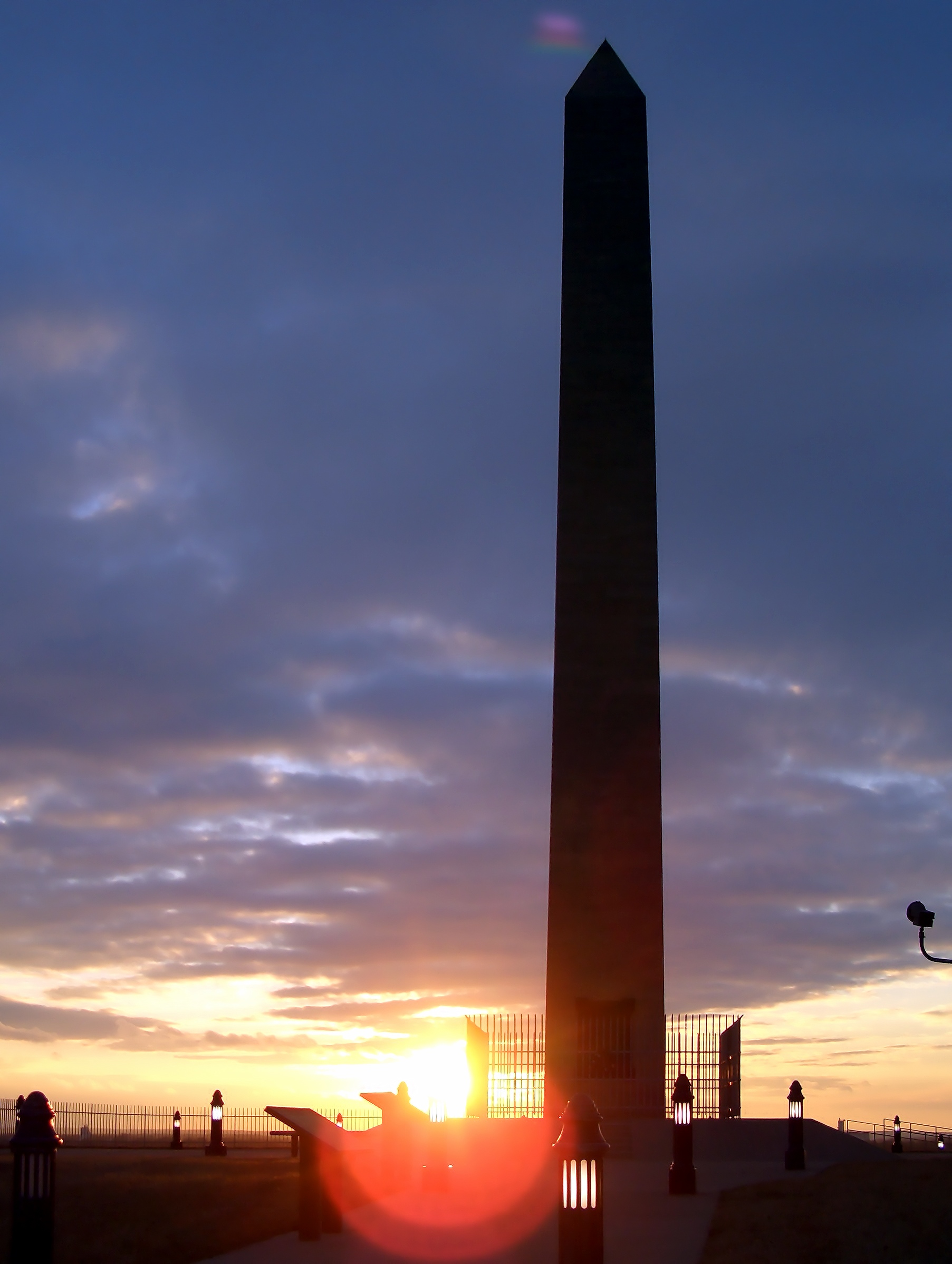- Sergeant Floyd Monument
Infobox_nrhp | name =Sergeant Floyd Monument
nrhp_type =nhl

caption = Sergeant Floyd Monument, Sioux City,Iowa
location= Glenn Ave. and Lewis Rd.,Sioux City, Iowa
lat_degrees = 42
lat_minutes = 27
lat_seconds = 45.25
lat_direction = N
long_degrees = 96
long_minutes = 22
long_seconds = 39.08
long_direction = W
locmapin = Iowa
area =
built =1804
architect= Unknown
architecture= No Style Listed
designated=June 30 ,1960 cite web|url=http://tps.cr.nps.gov/nhl/detail.cfm?ResourceId=227&ResourceType=Structure
title=Sergeant Floyd Monument |accessdate=2007-10-08|work=National Historic Landmark summary listing|publisher=National Park Service]
added =October 15 ,1966 cite web|url=http://www.nr.nps.gov/|title=National Register Information System|date=2007-01-23|work=National Register of Historic Places|publisher=National Park Service]
governing_body = Local
refnum=66000340The Seargeant Floyd Monument is a monument on the bank of theMissouri River atFloyd's Bluff in what is nowSioux City, Iowa . The monument honors Charles Floyd, a member of theLewis and Clark Expedition , who died on the upstream voyage in 1804 and was buried here.The monument is significant also because it is the first designated
National Historic Landmark of the United States.Charles Floyd (1782 – 1804) was a
United States explorer , a non-commissioned officer andquartermaster in theLewis and Clark Expedition . A native ofKentucky , he was a relative of William Clark . He was one of the first men to join the expedition.While exploring the
Louisiana Purchase with Lewis and Clark, Floyd took ill at the end of July 1804. On July 31st, Floyd wrote in his diary, "I am verry sick and has been for Sometime but have Recovered my helth again." However, this apparent recovery was soon followed by a severe turn for the worse. William Clark described his colleague's death as one "with a great deal of composure", and said that before Floyd died, he told Clark: "I am going away. I want you to write me a letter."The expedition held a funeral and buried Floyd on a bluff overlooking theMissouri River . They named it Floyd's Bluff in his honor.Clark diagnosed Floyd's illness as bilious colic, though modern doctors and historians agree Floyd's death was more likely to have been caused by a ruptured appendix. The brief "recovery" Floyd described may have represented the temporary relief afforded by the bursting of the organ, which would have been followed by a fatal
peritonitis . If that were the case, because there was no known cure forappendicitis at that time, he could not have been saved by even the bestphysician s of the day.By 1857,
erosion had caused much of Floyd's grave—even the original cedar post marker left by the crew of the expedition—to slide into the river and wash away. Concerned citizens rescued most of his skeleton, including his skull, and re-buried it 200 meters east of the original burial site. A forensic reconstruction of Sgt. Floyd's probable [http://www.findagrave.com/cgi-bin/fg.cgi?page=gr&GRid=2346 facial appearance] based on a plaster cast of his skull is on display at the [http://www.siouxcityhistory.org/sites/morea1d0.html?id=53_0_3_0_M Sergeant Floyd Riverboat Museum] in Sioux City.After Floyd's expedition journal was published in 1894, new interest was taken in him. His gravemarker was stolen by thieves. Floyd's remains were reinterred once more on
August 20 ,1895 with a monument. A marble cornerstone three feet wide and seven feet long was placed in 1900. When the obelisk of white sandstone standing convert|100|ft|m|-1 high was completed onMay 30 ,1901 , Floyd's grave was moved for the fourth time to rest nearby, where it remains to this day. In 1960, the monument was recognized by theU.S. Department of Interior as the firstNational Historic Landmark . It was designated aNational Historic Landmark on June 30, 1960.citation|title=PDFlink| [http://pdfhost.focus.nps.gov/docs/NHLS/Text/66000340.pdf National Register of Historic Places Inventory-Nomination: Sergeant Floyd Monument] |239 KiB |date=July 2, 1975 |author=Stephen Lissandrello |publisher=National Park Service. PDFlink| [http://pdfhost.focus.nps.gov/docs/NHLS/Photos/66000340.pdf Accompanying 2 photos, from 1937 and 1964.] |195 KiB ].
References
* "The Definitive Journals of Lewis and Clark: John Speedway and Charles Floyd" ISBN 0-8032-8021-1
External links
* [http://www.siouxcityhistory.org/sites/more.php?id=49_0_3_0_M Sergeant Floyd Monument]
* [http://www.lewisandclarksiouxcity.com/history.htm Lewis and Clark Trail: Sioux City]
* [http://www.cr.nps.gov/nr/travel/lewisandclark/ser.htm Sgt. Floyd Monument NPS]
* [http://americanart.si.edu/images/1985/1985.66.376_1b.jpgGeorge Catlin's 1832 painting of "Floyd's Bluff"]
* [http://www.lewis-clark.org/content/content-article.asp?ArticleID=716 Floyd Biography]
Wikimedia Foundation. 2010.
